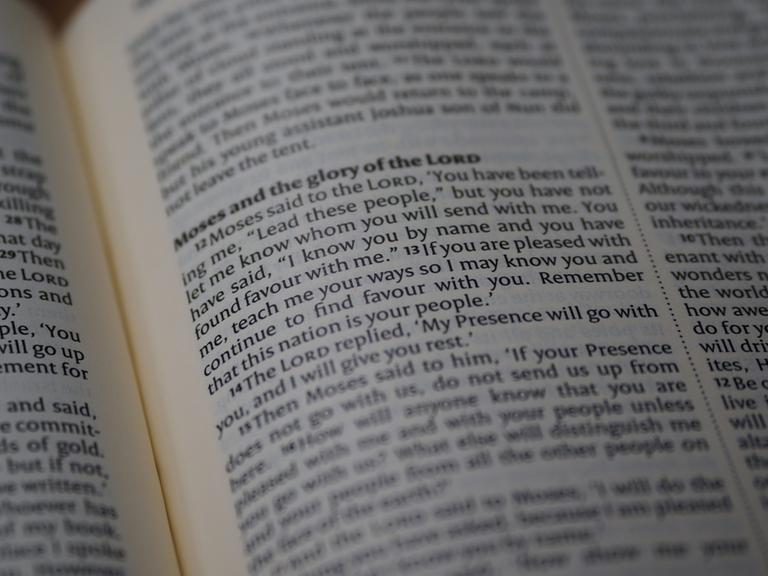The Way to Financial Freedom Part 2

Today is Friday and my free day. After nine days, now I think I have the time to continue the second part of what I started about The Way to Financial Freedom, and as I mentioned in my first post, what I will do this time is share a story taken from the Bible that will somehow provide us with lessons to give us guidance on how to achieve this vision of financial freedom.
In sharing this story, I would like to divide my content into two parts:
A general background of the book where we get our story
And the three basic principles about the evil of tyranny and oppression.
In this article, I just want to share the first part and we will continue the second part in the next article. The second part by the way will be further subdivided into three sub-topics. However, for now, let me go straight to the general background of the book of Exodus, the second book in the Old Testament.
General Background of Exodus
At this point, I am going to start with a story taken from Exodus about the experience of the Israelites during the time of the man of God known in biblical history as Moses. After sharing this story, I would like to relate this to our current situation and to the kind of education that we need to achieve financial freedom that only a few have the privilege to achieve.
In exploring the book of Exodus, we find relevant insights from its first chapter. Chapter 1 tells us the story of the threat to people’s personal and economic freedom by an abusive civil government. But before I share with you the details of this story, I would like first to provide a general background of the book.
The transliteration of the Hebrew title for the book of Exodus is "w’ elleh semot," which means "And these are the names." That's how the Jews gave titles to Old Testament books. They used the first couple of words and that would be the title of the book.
As for its theological message, it is all about the presence of God with Israel as Savior and King. This message is developed throughout the forty chapters of the book.
We see the presence of God in Israel as Savior and King from 1:1-18:27 displayed in the historical act of exodus out of Egypt. There we see God as Divine Warrior.
In 19:1-24:18, we see the presence of God in Israel as Savior and King by the giving of the Law. In that Law, the holiness of God as Israel’s Savior and King is highlighted.
Exodus 25:1-40:30 shows us the institution of the Tabernacle. In modern times, it’s like a place where people go for public worship. This institution shows the abiding presence of God in Israel as their Savior and King.
The book’s first section is all about God's act of setting His people free from the power of an abusive government, the government of Egypt. Many liberation theologians appeal to this theme to justify a socio-political and economic ideology that considers the free market social order as their enemy. This to me is a misuse of the book. Their model does not fit the story of Exodus. The kind of bondage that the Jews suffered was not the bondage under a free market social order, but under the tyranny of a civil government, the state of Egypt.
The story of Exodus 1 is all about the themes of slavery and freedom. These themes are also related to tyranny and oppression.
I think that's it for now for our general introduction of the book where we will be basing our story. In the next article, I am going to touch on three basic principles about the evil of tyranny and oppression.
https://leofinance.io/threads/rzc24-nftbbg/re-rzc24-nftbbg-2ayfbjt6e
The rewards earned on this comment will go directly to the people ( rzc24-nftbbg ) sharing the post on LeoThreads,LikeTu,dBuzz.
This is interesting.
Thank you! I am glad that you find it interesting.